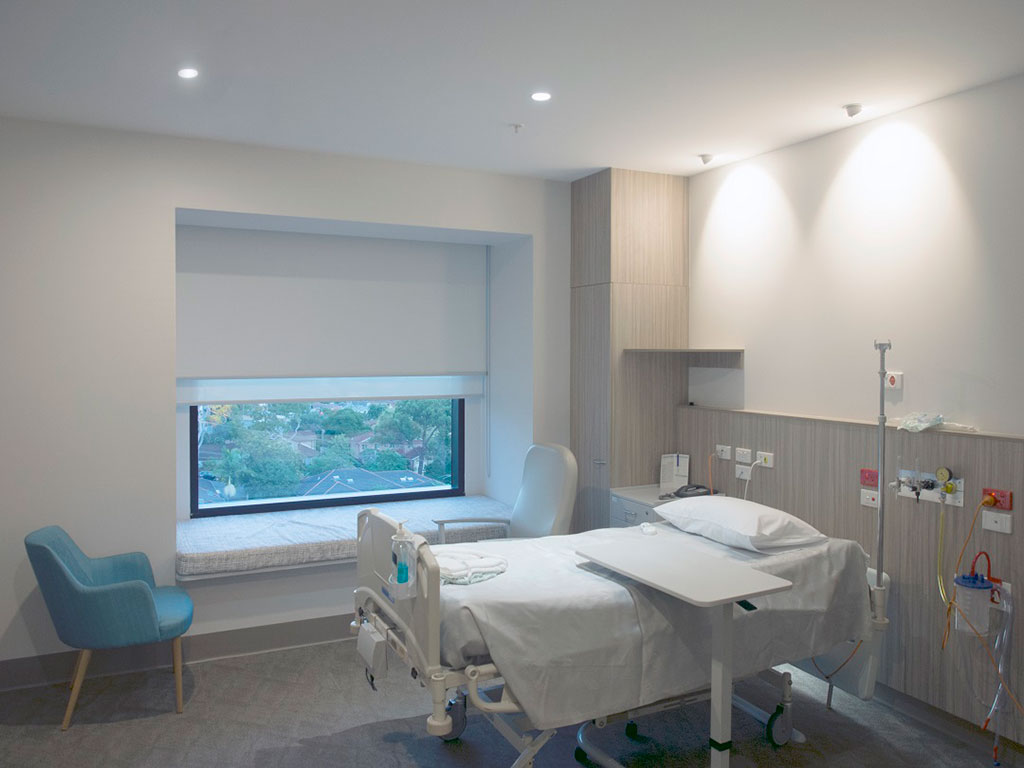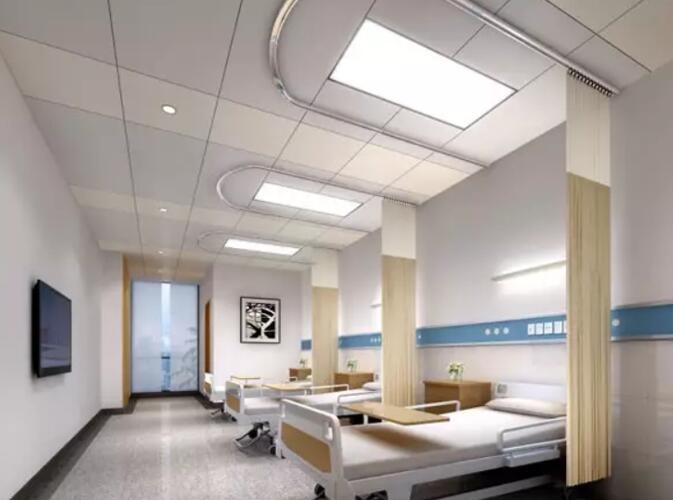What are the Characteristics of Prime Hospital Lighting?
Unlike standard lighting options, hospital lighting should have the following characteristics.
Energy Efficiency
The preferred lighting in hospitals and healthcare facilities is critical to the cost framework of hospital upkeep practices. Seeing that a hospital comprises numerous lighting options, administrators should adopt the LED technology for the complete electric light unit. Smart lighting control keeps lights on where they are most required.
Glare-free
Lighting in healthcare facilities should be glare-free. Often, patients in medical facilities spend most of their time lying on their backs, and this means they will be staring at the ceiling a lot. Glare-free smart lighting options guarantee patients’ comfort while creating a safe environment for the hospital staff.
Sufficient Light Levels
Staffs within the hospital require enough light to facilitate the smooth execution of research and check-ups. Sufficient lighting levels promote alertness which improves the quality of hospital care while guaranteeing patient safety.
Lighting Options used in Hospitals
Various critical areas in the hospital require sufficient lighting. One of the most crucial hospital rooms, in this case, is the operating area.
Lighting in the Operating Rooms
Operating rooms require the right amount of lighting, which should not be overly bright or too dim. The lighting in these rooms should be sufficient to help doctors and surgeons maintain focus while preventing errors. The proper lighting in operating rooms helps doctors execute and complete the task at hand within the required time. They will also save cost and time and guarantee enhanced health care for patients and minimal stress for the hospital staff. Various lighting options can be used in the operating rooms based on the procedure at hand. The commonly used lighting options include fluorescent lighting, HDI lighting, and halogen or LED bulbs. Ceiling-mounted lighting fixtures for surgery rooms are common in many modern hospitals. These lights are easily movable whenever they are not in use. They can be well-positioned to prevent fluttering and ensure they are focused on the target area. Actual white lights are often used in the operating rooms because it offers an excellent visual image.
Hospital Bed Lighting Systems
Hospital bed lighting options are specially designed to ensure patients are comfortable while in the hospital. Self-adjustable lighting is a great option compared to overall room lighting options. Such lights allow patients to adjust them based on their preferences. It is worth mentioning that every patient has unique needs and will appreciate various provisions like dimming or switching the light off. Hospital bed lighting options should be energy efficient to regulate the general operating expenses of the hospital. The different lighting fixture options will cut down the cost of having a general lighting option. Some of the popular hospital bed lighting fixtures include low-watt night lights and energy-efficient reading lights. Low-watt lights offer sufficient light allowing hospital staff to operate efficiently without compromising the patient’s comfort as they sleep. Hospital bed lighting options include the lights used for hallways, patient rooms, waiting rooms, and examination areas. They are specially designed to create an ideal environment within the hospital setting. Many nursing homes, healthcare facilities, and hospitals offer prolonged patient care use this lighting option.
Direct and Indirect Lighting Options
Overhead lighting should be adjustable to the preferred light intensity. On the other hand, modern hospital bed lighting options in treatment rooms should have dim and bright options. While indirect light illuminates upwards and offers moderate light for general room vision, direct light illuminates downwards straight to the examination table of the patient’s bed with excellent focus. Direct lighting options are ideal for doctors, nurses, patients, and medical staff and help facilitate simple tasks.
Finally
While not all lighting options can be used together, blending various lighting options appropriately creates a pleasant and inviting hospital environment. Remember, choosing the ideal lighting is critical for a patient’s well-being and recovery journey.
Δ






